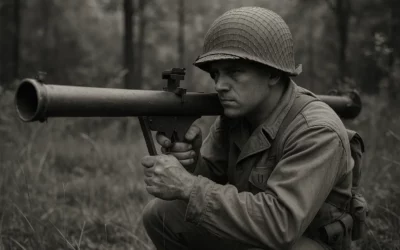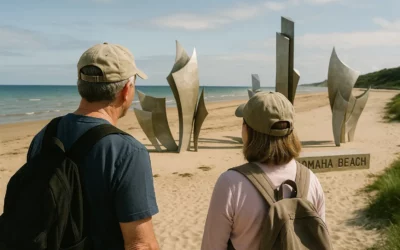Kristallnacht, also known as the “Night of Broken Glass,” refers to the organized pogrom against Jewish communities on November 9–10, 1938. From the shattered storefronts to the burning synagogues, the Kristallnacht attacks marked a chilling escalation in Nazi persecution. In this article, we explore what Kristallnacht was, how it unfolded, and why it became a turning point in Holocaust history. You’ll understand the catalyst behind the violence, the scale of destruction, and the impact on Jewish communities—and gain insight into how this tragic event reshaped Jewish life in Germany and Austria forever.
What Are Kristallnacht and Why Do They Matter?
1. Historical Background
- In the late 1930s, antisemitic laws and repression against German and Austrian Jews accelerated under Nazi rule.
- The assassination of German diplomat Ernst vom Rath by Herschel Grynszpan in Paris on November 7, 1938, served as the pretext for violence. Nazi propaganda seized the moment to incite public outrage.
2. The Night of Broken Glass: November 9–10
- Nazi officials, including Joseph Goebbels and Reinhard Heydrich, coordinated attacks across Germany and annexed territories ensuring local SA, SS, and Hitler Youth units carried them out.
- Over the course of the night and into the next day:
- Some 1,000 synagogues were burned or damaged and around 7,500 Jewish businesses were destroyed.
- Public spaces, homes, schools, and cemeteries were vandalized.
- Police and fire brigades were ordered not to intervene unless “Aryan” properties were at risk.
3. Arrests, Casualties, and Intimidation
- Approximately 30,000 Jewish men were arrested and sent to concentration camps such as Dachau, Buchenwald, and Sachsenhausen.
- Official death tolls listed around 91 victims during the pogrom itself, but later estimates including suicides and injuries push the number into the hundreds.
4. Aftermath and Significance
- The Nazi regime imposed a collective fine of roughly one billion Reichsmarks on the Jewish community, seizing insurance payouts.
- Kristallnacht marked the shift from discriminatory legal persecution to open violence—a harbinger of the Holocaust that followed. Many Jews recognized Germany as no longer safe and accelerated emigration efforts.
5. What’s Often Overlooked
- Survivor testimonies and local stories (e.g., the destruction of the Dresden Semper Synagogue or the Etz Chaim synagogue in Leipzig) add human depth to the historical facts.
- New projects, such as XR and VR experiences, are helping keep memories alive for younger generations—creating immersive understanding and connection.
6. Key Takeaways – Why It Still Matters
| Fact | Significance |
|---|---|
| Coordinated state violence | Demonstrated Nazi intent and public complicity |
| Mass arrests and economic fines | Accelerated Jewish displacement |
| Destruction of cultural centers | Signaled erasure of Jewish presence in Germany |
| Remembrance projects today | Reinforce vigilance against antisemitism and genocide |
Why Understanding Kristallnacht Still Matters
Kristallnacht’s legacy is not simply a chapter in history—it’s a mirror for today. The coordinated destruction of synagogues, businesses, and communities that took place over just one night underscores how dangerous propaganda, apathy, and state-sponsored hatred can become. As a turning point toward the Holocaust, it reminded the world that bureaucracy and violence are not mutually exclusive.
By remembering what Kristallnacht was, from its shocking scale to its immediate human toll, we honor survivors and reinforce the imperative of resisting prejudice wherever it arises. Understanding this event equips us to recognize early warning signs—and to ensure that history’s darkest hours are neither forgotten nor repeated.





